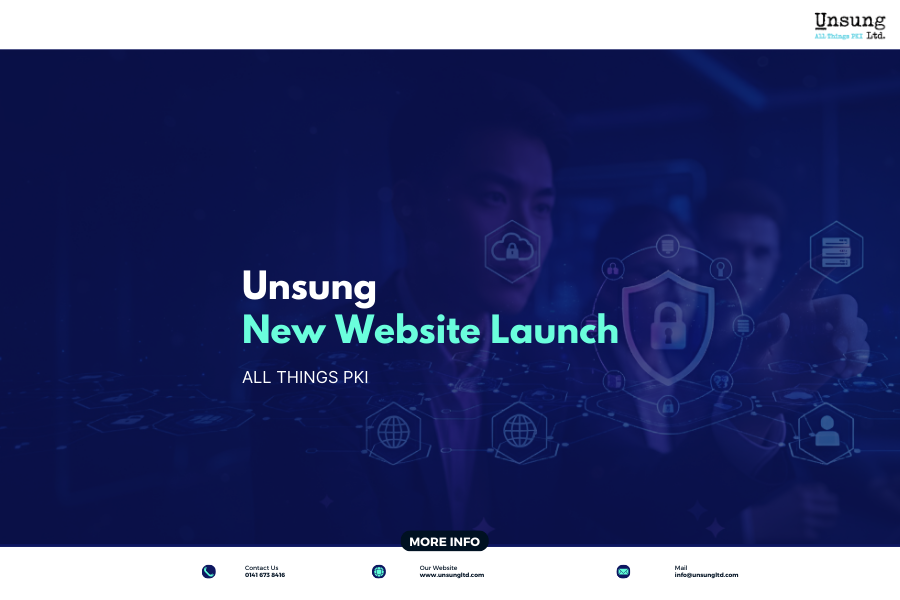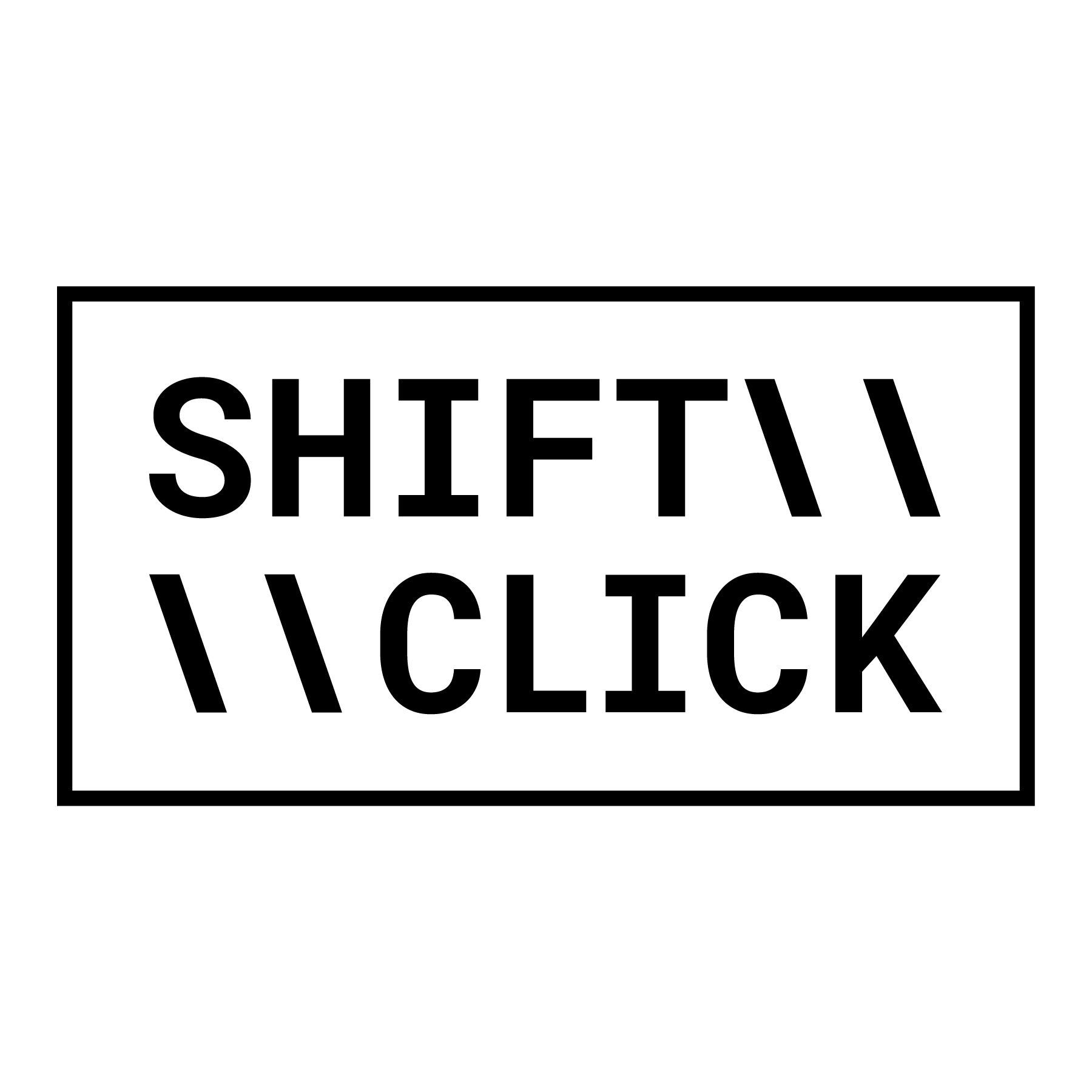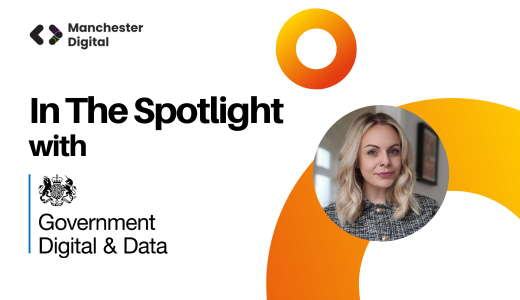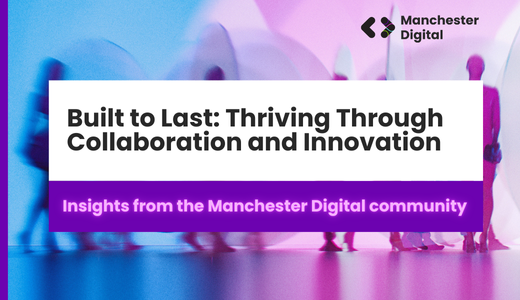
At Manchester Digital, we like to interview our members to find out a bit more about what they do and their work in the Greater Manchester digital and technology sphere. This week, we're speaking with Matt Roberts, UK Key Account Manager at Zoho UK.
In your view, what are the biggest challenges businesses face when it comes to modernising their sales processes — and where do most go wrong?
One of the biggest challenges I see time and time again when businesses try to modernise their sales processes is dealing with legacy systems. Think about it: you’ve got one platform for CRM, another for emails, maybe something else for reporting. Not only does that rack up subscription costs, but it also means your data is scattered across multiple places. It becomes tough to keep track of what’s really happening in your sales pipeline, let alone get a clear view of your customer. And when that visibility isn’t there, things start slipping through the cracks.
On top of that, there’s the issue of habits. People get comfortable with what they know. So if a new system or process feels too complicated or too different, adoption becomes a real problem. You end up with this great new process sitting there unused or misused.
Another common mistake I see is implementing a solution just because it worked for someone else. That one-size-fits-all approach rarely works, especially if your business has different types of end users, complex pricing structures, or varying sales processes across regions or teams.
You need a level of customisation, but to do that properly, you first need to understand how your current sales process really works. From there, you can design a system that fits your business, not the other way around. When you do that, you’re setting yourself up for long-term growth, and you’ll see far better adoption across the board.
How can technology (like CRM or automation tools) create a more efficient and human-centric sales experience?
When it’s done right, technology like CRMs and automation tools can make the sales process more human, not less. A lot of people assume automation is about replacing people or making things feel robotic, but it’s really about removing friction. The admin, the repetitive tasks, the guesswork — all of that gets taken care of, so sales teams can spend more time doing what they do best: building relationships.
A well-set-up CRM, for example, gives you a 360-degree view of your customer. It pulls together touchpoints from marketing, sales, and even customer service. So instead of spending time digging through spreadsheets or inboxes, reps walk into conversations already knowing the customer’s history, needs, and preferences. That’s powerful.
Automation tools also help with consistency and scale. You can automate follow-ups, reminders, and lead scoring — things that would otherwise take up hours of a rep’s week. But it’s not just about speed. It’s about making sure no lead is forgotten and no opportunity falls through the cracks.
That said, the key is using tech intentionally. It should feel like an extension of the human experience, not a replacement for it. If your automations are cold or generic, people notice, and it damages trust. But if they’re thoughtfully designed to support the conversation, not interrupt it, you create a sales experience that feels responsive, personal, and scalable all at once.
What role does data play in shaping a successful sales strategy today — and how should teams be using it more effectively?
The real challenge isn’t having data. Most teams are drowning in it. The challenge is knowing how to use it effectively. A lot of companies collect data but don’t translate it into action. For example, if you’re tracking conversion rates across stages, but you’re not using that to identify and fix friction points in the funnel, then it’s just a number on a dashboard.
Effective use of data starts with asking the right questions. Are we targeting the right people? Are we spending time on the leads most likely to convert? Which messaging is resonating, and where are we losing people? From there, it’s about creating feedback loops; using data to test, learn, and continuously optimise your approach.
Data should empower better decisions, not just at the leadership level, but for every rep, in real time. When teams use data as a guide, not just as a performance tracker, that’s when it really drives impact.
In an era of long buying cycles and complex B2B decisions, what advice would you give to sales leaders trying to build trust and momentum?
The first piece of advice I’d give is to slow down to speed up. It’s tempting to rush through qualification or jump into a pitch, but real trust comes from understanding. Take the time to deeply understand the customer’s business, their challenges, and how decisions are actually made within their organisation. That context is gold, and it’s often what separates average sales conversations from ones that truly resonate.
Secondly, be the one who brings clarity. Buyers today are overwhelmed with information. If you can help simplify their decision-making process by guiding them through the journey, highlighting potential risks or blind spots, and offering tailored insights, you instantly position yourself as a trusted partner, not just a vendor.
Another key thing is consistency. Long cycles can create lulls, and that’s where deals lose momentum. But regular, relevant touchpoints — whether that’s sharing insights, checking in with value, or aligning internally with other stakeholders — help keep the conversation warm without feeling pushy.
And finally, involve the full team. Building trust isn’t just on the rep; it’s a team sport.
Bring in experts from product, customer success, or leadership when it adds value. It shows depth, collaboration, and commitment to long-term partnership.
How can sales and marketing teams work more closely together to drive better results — and what’s Zoho’s approach to this alignment?
The two teams need to work as one continuous engine, not separate departments handing leads off like a baton. When they’re aligned, messaging is consistent, targeting is sharper, and the handover between awareness and engagement feels seamless for the customer.
At the core of good alignment is shared visibility and shared goals. Both teams should be working from the same data. Not just lead volume, but lead quality, conversion metrics, and pipeline health. That way, marketing knows what’s actually driving sales, and sales can give meaningful feedback to shape campaigns and content.
Communication also plays a big role. Regular check-ins between teams, joint planning sessions, and a culture of feedback help both sides stay connected to the full buyer journey. It’s not just about passing leads. It’s about collaborating on strategy, messaging, and timing.
Finally, what one piece of advice would you give to businesses looking to transform or future-proof their sales function?
If I had to give just one piece of advice, it would be: don’t just digitise your current process; reimagine it.
A lot of businesses fall into the trap of taking what they’ve always done and simply layering tech on top. But true transformation isn’t about doing the same things faster. It’s about stepping back and asking, “Is this still the right way to sell, given how people buy today?”
That means looking at your sales function holistically. Your people, your process, your tools, and your customer journey and designing something that’s built for agility, personalisation, and long-term growth. It also means being honest about where things are stuck, where teams are resisting change, and where legacy thinking might be holding you back.
If you’re starting this journey, start with the mindset. Be curious, be open, and build for where your buyers are, not just where you’ve been. I’d also add: a great place to start is by trying our Sales Process Health Check. It’s a short quiz, 12 yes/no questions, that gives you a current sales health score, along with personalised recommendations to help you improve.
Thank you Matt!
Find out your Sales Health Score.









